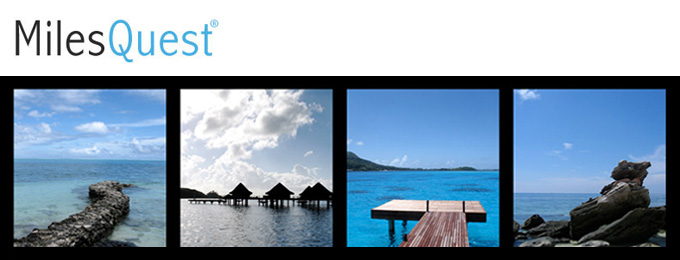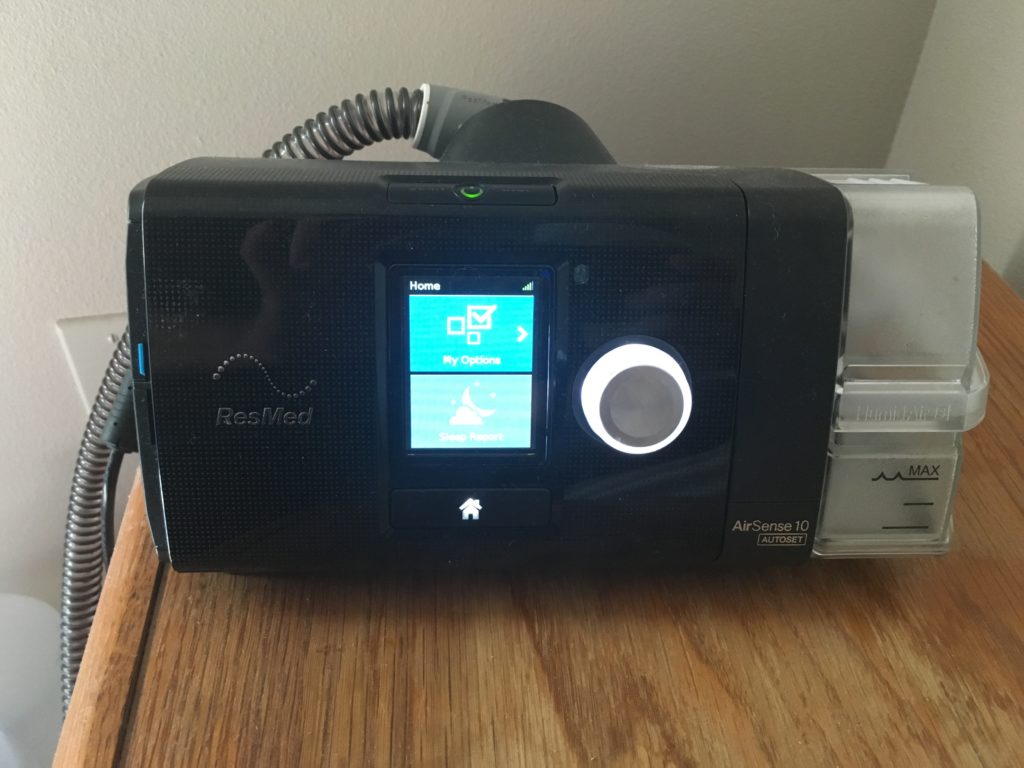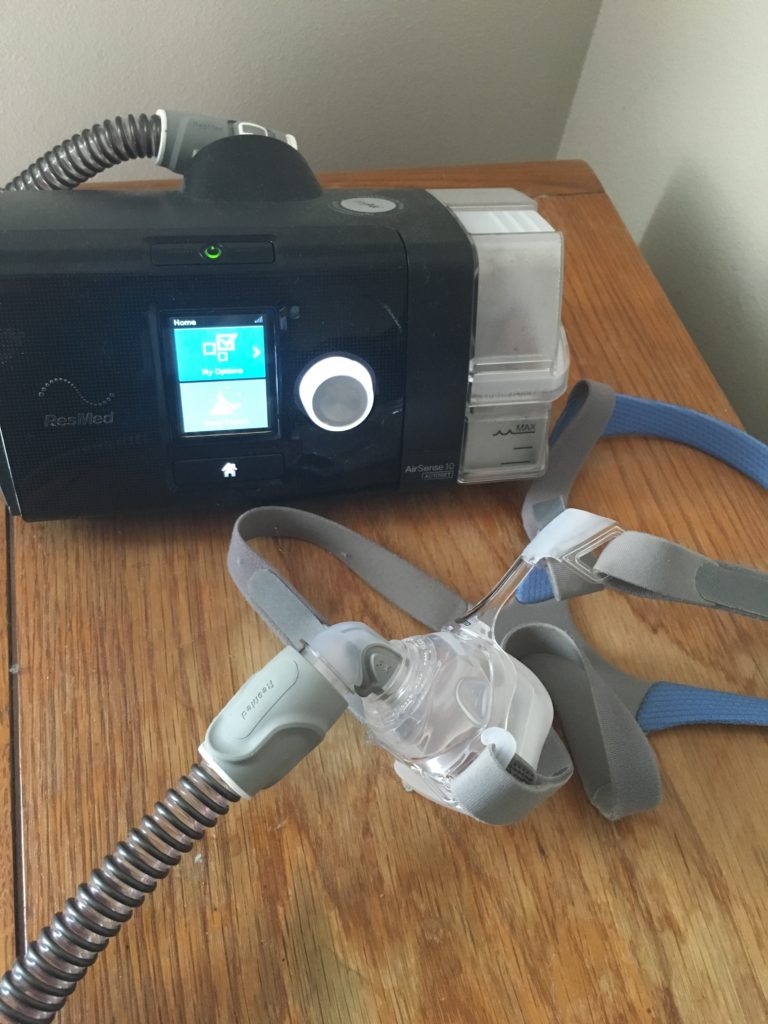Have you ever wondered what a CPAP machine is? CPAP stands for Continuous Positive Airway Pressure. It’s a machine that pushes air to help people like myself breathe when we sleep.
So how do you know when you’re in need of a CPAP machine?
I knew I needed one when I woke up every morning still tired. I knew I was snoring and the more I read abut it, the more I learned that I was basically not breathing at nights. In fact, my wife told me that I would stop breathing for like 15 seconds and then gasp for breath. No wonder I woke up tired each morning.
To make entirely sure, I went to see a sleep specialist who arranged for a sleep study. A sleep study involves going to a doctor’s office where they hook you up with all kind of measuring instruments to monitor your sleep for a night.
It was quite a strange experience. You come to the office at 10 PM and they bring you to this room that has cameras to record your sleeping patterns. In addition, they hook you up with all kinds of measuring devices to monitor brain activity. They tell you to bring anything that will make it more comfortable for you to sleep. Then they gave me two Ambien to help me sleep. I was out.
About halfway through the night, they came and woke me up and hooked me up to the CPAP machine.
I went in for a follow-up appointment with the sleep doctor. He said that my brain activity was at 90 events per hour. This basically means that I was never getting into the deep R.E.M. sleep at night. With the CPAP machine on forcing oxygen into my pathway, the brain activity decreased to 2 events per hour. More importantly, I woke up feeling really rested.
Traveling with a CPAP machine is considered an assistive device and does not count towards baggage allowance. I’ve traveled all over the world with my CPAP machine, and I have never once been asked about it as an extra luggage item. It seems to be universally known and understood. I’ve had several times where security wants me to take it out of the bag so they can look at it but without any issues.
Once I arrive at the destination, all that I need for it to work is an outlet adapter and I’m ready to breathe easily. When I use the machine, I get 7 hours solid without waking up.
If you’re someone that snores and wakes up unrested, perhaps you should look into going to a sleep study and know that you’ll be able to take the CPAP machine with you wherever you travel.




Just in case, I carry a copy of the Rx and a photo of the mask on a person from the product brochure. For the first time, I needed to use the photo for LATAM from Cancun to Lima. They have a very strict carry-on weight restriction and I was over weight between my lap top, medications and CPAP. The checkin agent spoke very little English and the picture saved me.
@pam – great suggestions, thanks for sharing
The Z1 auto Cpap is perfect for travel. It is super small. Smaller than my SLR camera. It’s so small I put it in my camera bag and security has never noticed it. I originally purchased it just for travel but now I use it at home as well. It fits inside a drawer in my night stand with the mask attached. During the day it is out of sight. It does not use a humidifier but disposable heat moisture exchanger which works well and does not require distilled water.
@james – interesting , how much is it?
I’ve been traveling with one for years. Never any issues on Southwest, JetBlue or Delta. American on other hand has been so rude to me I even cried after they screamed in my face about carrying it on. AA gate agents are not properly trained to recognize nor be nice about it. Has happened more than once.
@jason – sorry to hear about your experience with AA. Sounds so preventable with proper training
Hey Jason,
I also travel with a CPAP and due to work needs (and some fun travel too) end up with over 100K miles a year lugging that thing around. Like you the CPAP really changed my life (before was constantly tired, annoyed wife etc).
I have a slight smaller model then the one your showing but still ends up being a proper 2nd (or 3rd bag) but I was wondering if you have any experience with some of the very small machines out there. Im wondering if the benefit in size still equates to a comparable result.
In my experiences (I’m based in Europe) 95% of the time travel with the cpap is OK. I did get in arguments with Easyjet GA and once with a KLM GA once, as they saw as an extra bag. It worked out both times but required some calls etc. I now keep a copy of the perscription on my phone in case the medical nature of it is questioned. It’s a pain any time I fly in or out of the U.K. my cpap typically gets pushed out into the secondary screening line. I learned a trick which seems to help reduce that (and the 5-10 minutes wasted time it can cause). I open my CPAP bag, announce to the security guy there what it is (which is a little embarrassing but necessary) and then it gets 2nd screened less (but still 50:50 in the UK).
Either way for people who notice they sleep a full 6-8 hours but wake up tired it is worth doing the sleep study.
Admittedly my sleep apnea is tied to my weight so when I can finally loose enough I am hopeful the operation (opens up the airways a bit) will help.
Anyways to a fellow CPAP’r good luck and safe travels.
@ben – thanks for sharing your experiences. I’ve never used a smaller one, my previous one was from 8 years ago and was a behemoth.
I finally went back in and got this one along with changing from full face mask to just nose. It is so much better. I also like the digital display of how the night went rather than having it all on a card without knowing how it went.
I never considered having prescription with me but will copy your advice – thanks!